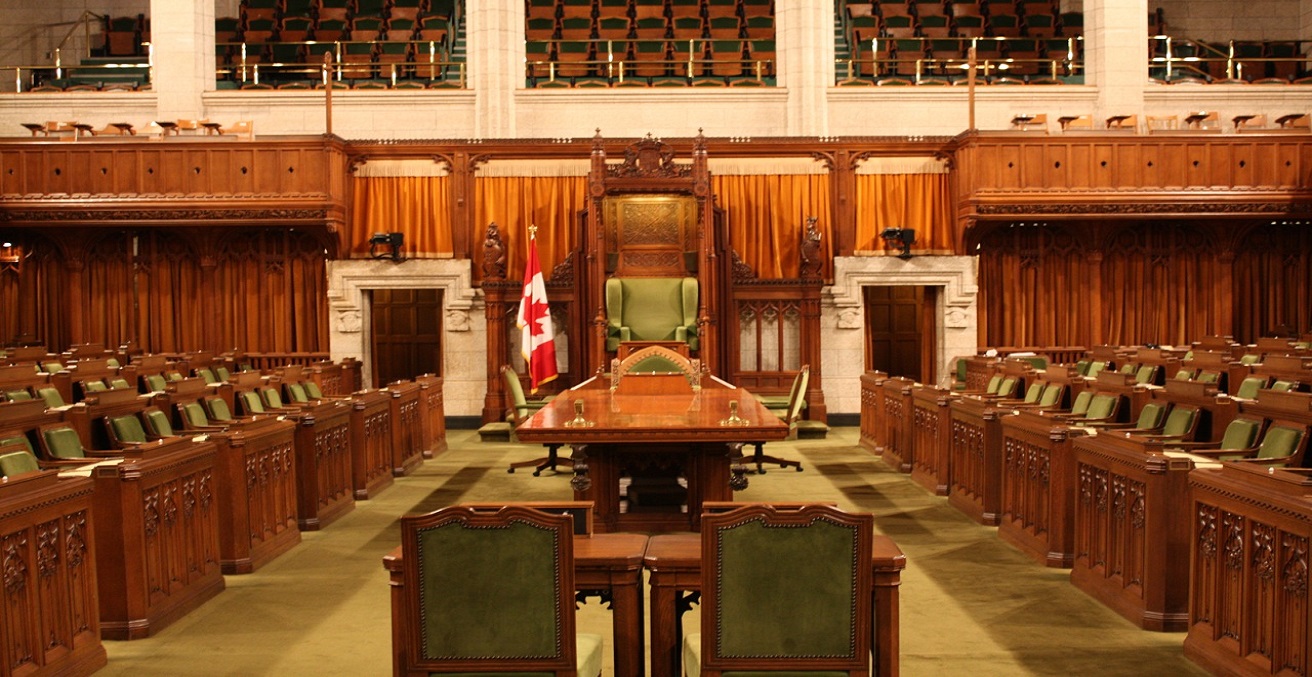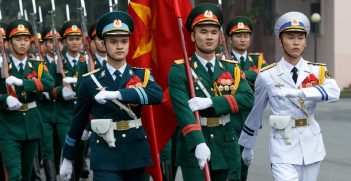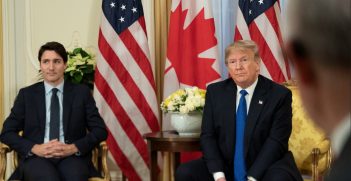Complexities of Foreign Policy Bipartisanship: Lessons From Canada

Foreign policy bipartisanship is a difficult but common theme in Westminster systems such as Australia’s; looking at the particular case of Canada reveals a complex set of outcomes, each with its own merits and disadvantages.
Foreign policy bipartisanship is a deeply entrenched idea in the US. While in practice bipartisanship between Democrats and Republicans has become rarer since its apogee in the 1940s, it nonetheless remains an ideal.
However, in Westminster systems bipartisanship fits uneasily, where partisanship is built into the system of parliamentary politics that evolved with the rise of political parties requiring discipline to maintain the governing group in power. Moreover, the binary nature of bipartisanship between the Republicans and Democrats does not readily fit most Westminster systems, where more than two parties are routinely represented in parliament.
Yet despite this, we do see bipartisanship in Westminster systems, although its appearance varies considerably.
For example, in Australia we have seen the most durable foreign policy and defence bipartisanship. In New Zealand, by contrast, we can see some evidence of a bipartisan foreign and defence policy historically, but there it is the exception and not the rule. However, in Canada, the record has been mixed: over the course of Canadian history, there has been bipartisanship on some key foreign and defence policy issues, but bipartisanship between the main parties has been inconsistent. The cases of the Canadian mission in Afghanistan and the replacement of the CF-18 Hornet are prime contemporary examples of that inconsistency.
The Afghanistan mission
In 2005, the Canadian government decided to deploy combat troops in southern Afghanistan to sustain the government of Hamid Karzai against a growing insurgency. By January 2006, a Canadian battle group had arrived in Kandahar. This coincided not only with a change of government in Canada, with the Conservatives under Stephen Harper defeating the Liberal government, but also the start of a Taliban offensive. As a result, Canadian forces began to take an increasing number of casualties.
Public opinion on the new deployment was deeply divided: a majority of Canadians opposed the mission, and tne support that existed for the mission was tepid. One might expect that an overseas war that was proving increasingly costly in both blood and treasure would provide the basis for some discussion during a federal election. However, in the elections of October 2008 and May 2011, Afghanistan was not a campaign issue.
Division arose soon after the new Conservative minority government came to power. One of Harper’s campaign promises had been that the explicit approval of parliament would be sought for the deployment of forces abroad, and so the government introduced a resolution approving the Kandahar deployment until 2009.
Yet, parliamentary opposition to the mission grew deep as the Liberals sought to use the mission for political purposes. In April 2007, for example, Liberals introduced a resolution that would have forced a Canadian withdrawal from Afghanistan by 2009. This resolution was defeated, but the Liberals did not want to defeat the government and potentially trigger an election, since the polls revealed that support for the parties had not changed and that an election might result in a loss of seats for all of the opposition parties.
Following the 2007 vote, Harper announced plans to introduce a motion extending the mission, intimating that he would regard the vote on an extension as a matter of confidence, which meant that a defeat would trigger an election. With the polling numbers continuing to remain virtually unchanged for a second year in a row, the Liberals decided to cooperate with Harper.
To be sure, this was a case of faux bipartisanship: the parties did not really agree on the mission, but only agreed with each other to remain completely silent on this crucial issue for reasons of pure electoral expediency.
However, the faux bipartisanship worked: the Afghanistan mission simply disappeared from the political agenda in 2008. As a consequence, Canadians went through two elections in which their country was at war, members of the Canadian Armed Forces and the public service were being put in harm’s way in Afghanistan, and no one was mentioning the war.
Had the Liberal opposition played its proper role in a Westminster system and sought to ensure that the government be forced to debate the mission, Canadians would have had an opportunity to participate in a fuller debate about the war in which Canada was engaged.
The CF-18 Hornet replacement
In the late 1970s, the Liberal government chose the F/A-18 Hornet as the fighter aircraft for the Canadian air force. In the late 1990s, as the service life of the Hornets was coming to an end, Canada joined the US-led multinational Joint Strike Fighter program which aimed to replace the F/A-18 with the newly produced F-35.
In July 2010, the Harper government announced that it was going to purchase 65 F-35s in a sole-source contract. After the July 2010 announcement, however, Canada’s F-35 procurement went off the rails. Opposition to the F-35 developed and intensified, with the decision increasingly criticised by media commentators, academics and non-governmental organisations.
In the case of the F-35, there was a widespread willingness to use the replacement of the CF-18 Hornets as a political football. The Conservative government unabashedly used the F-35 as part of its broader electoral campaign to paint itself as sympathetic to the military. It used the F-35 as a photo-op prop, and had no problem in playing with cost numbers in order to make the cost of the F-35 appear low and palatable.
The Liberals were happy to catch the Harper government out in its initial but manipulative claim that the cost of the program would be CAD$9 billion (AUD$9.2 billion). They were delighted when, in 2011, the parliamentary budget officer put a price tag of CAD$29.3 billion on the program, and even more delighted when KPMG found, merely two years later, that the procurement would cost CAD$45.8 billion.
However, the Liberals in turn were just as manipulative as the Conservatives had been in 2010. No Liberal critic ever acknowledged that there was no essential difference between these numbers if the cost of the F-35 was calculated on an annual basis: the cost would be CAD$1 billion per year, whether for a 20-year life cycle or a 42-year life cycle. But this was beside the point for those who were only keen to embarrass the government.
Clearly, the government and opposition parties all sought to use this procurement for partisan purposes, none of them treated the issue with any seriousness. Neither the government nor the opposition has tried to offer serious justifications for their policy positions on the CF-18 replacement. The result has been that Canadians still have not had a real debate about the next generation of jet fighters.
In short, the two cases presented here suggest that if partisanship consists of nothing more than using a foreign or defence policy issue as a cudgel to bash other political parties for narrow partisan advantage, the policy outcomes are likely to be as negative and costly as those associated with a bipartisanship that suppresses debate and marginalises policy alternatives.
If the oppositional politics of Westminster systems is to lead to better policy outcomes and a more democratic polity than an unthinking foreign policy bipartisanship, then the quality of the partisanship will play an important part in determining policy outcomes. Without that necessary condition of quality, partisanship runs the risk of producing as much dysfunction as bipartisanship.
Professor Kim Richard Nossal is a professor in the Department of Political Studies at the Centre for International and Defence Policy at Queen’s University.
This article is an edited extract from an article published in the Australian Journal of International Affairs on 17 Aug 2017. It may be accessed in its unabridged form here.





